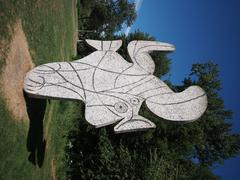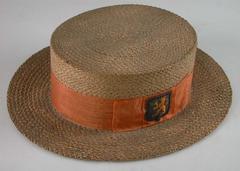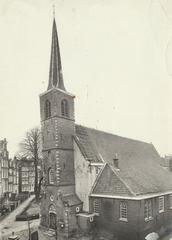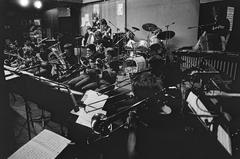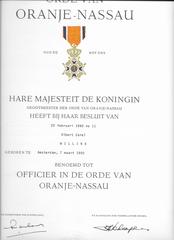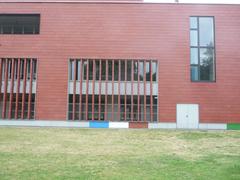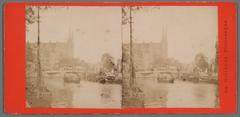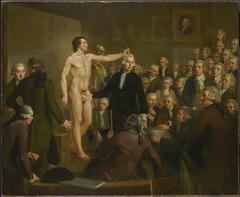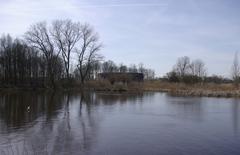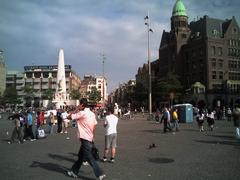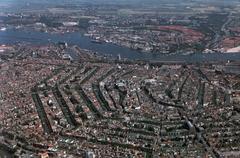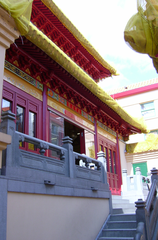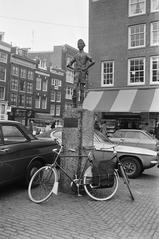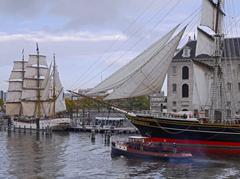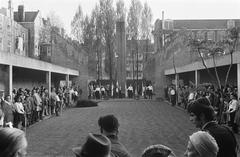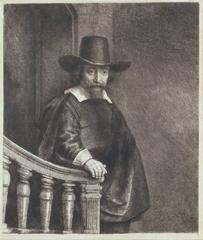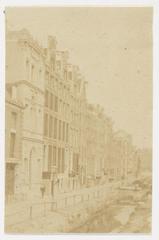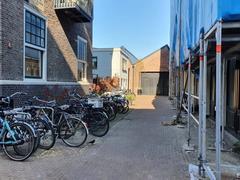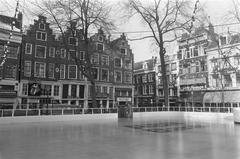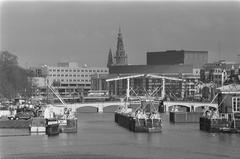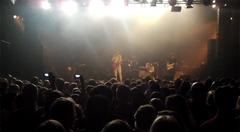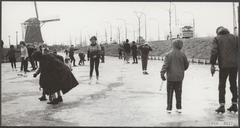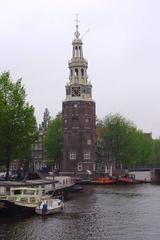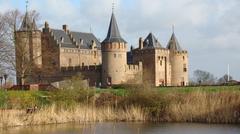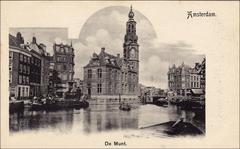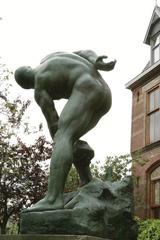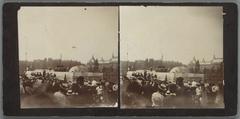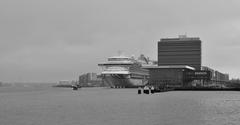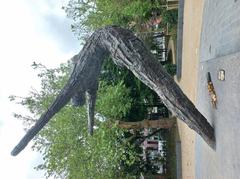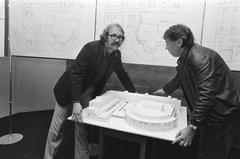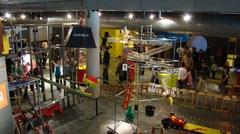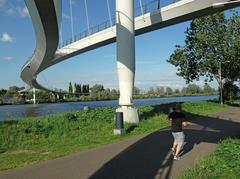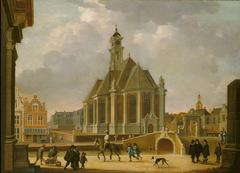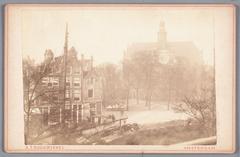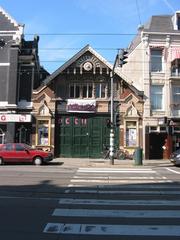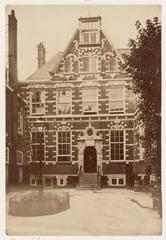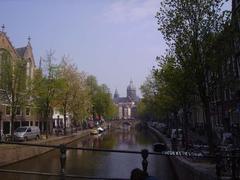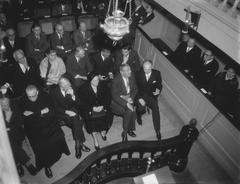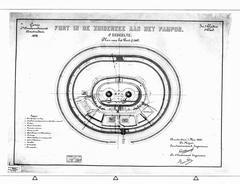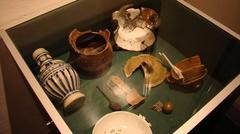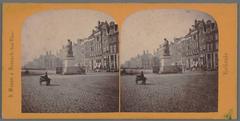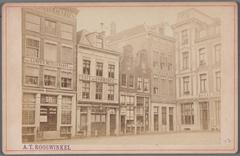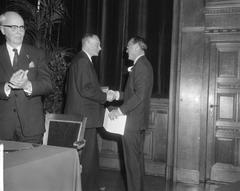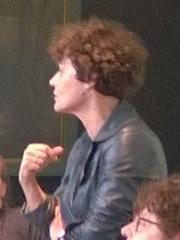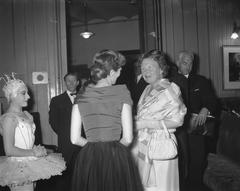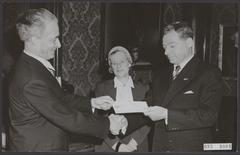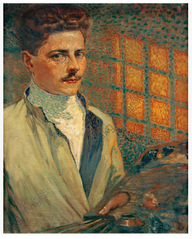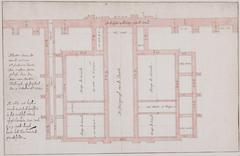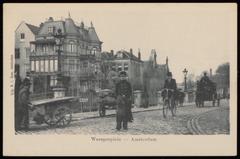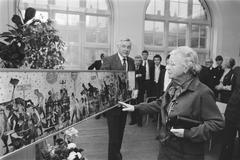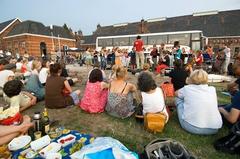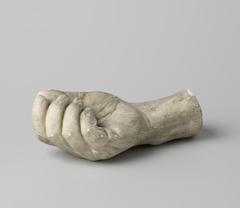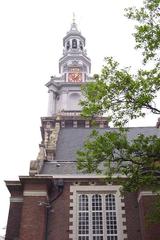
Comprehensive Guide to Visiting Figure Découpée, Amsterdam, Netherlands
Date: 19/07/2024
Introduction
Amsterdam, a city known for its rich cultural heritage and vibrant art scene, houses a plethora of artistic treasures. Among its most notable is ‘Figure Découpée,’ a captivating public sculpture crafted by the renowned French artist Jean Dubuffet. This guide aims to provide a comprehensive overview of the history, artistic significance, and practical visitor information for this iconic piece of art. By exploring ‘Figure Découpée,’ visitors not only engage with a masterpiece of contemporary art but also gain insight into the creative mind of Dubuffet, a pivotal figure in the Art Brut movement (GVB, I Amsterdam).
Table of Contents
- [Introduction](#introductionintroduction)
- [History of Figure Découpée](#history-of-figure-découpéehistory-of-figure-découpée)
- [Origins and Creation](#origins-and-creationorigins-and-creation)
- [Installation in Amsterdam](#installation-in-amsterdaminstallation-in-amsterdam)
- [Artistic Significance](#artistic-significanceartistic-significance)
- [Practical Visitor Information](#practical-visitor-informationpractical-visitor-information)
- [Visiting Hours and Tickets](#visiting-hours-and-ticketsvisiting-hours-and-tickets)
- [Travel Tips](#travel-tipstravel-tips)
- [Nearby Attractions](#nearby-attractionsnearby-attractions)
- [Accessibility](#accessibilityaccessibility)
- [Cultural Impact](#cultural-impactcultural-impact)
- [Preservation and Maintenance](#preservation-and-maintenancepreservation-and-maintenance)
- [Visitor Experience](#visitor-experiencevisitor-experience)
- [Guided Tours and Educational Programs](#guided-tours-and-educational-programsguided-tours-and-educational-programs)
- [FAQ](#faqfaq)
- [Conclusion](#conclusionconclusion)
- [Call to Action](#call-to-actioncall-to-action)
- [References](#referencesreferences)
History of Figure Découpée
Origins and Creation
Figure Découpée, a striking piece of public art in Amsterdam, was created by the renowned French artist Jean Dubuffet. Dubuffet, born in 1901, was a pivotal figure in the art world, known for his contributions to the Art Brut movement. His works often challenged conventional aesthetics, embracing raw, unrefined forms and materials. The term ‘Figure Découpée’ translates to ‘cut-out figure,’ reflecting Dubuffet’s innovative approach to sculpture, where he utilized cut-out shapes to create dynamic, abstract forms.
The creation of Figure Découpée dates back to the late 20th century, a period marked by Dubuffet’s exploration of large-scale outdoor sculptures. This piece is part of his larger series of works known as ‘L’Hourloupe,’ which he developed between 1962 and 1974. The series is characterized by its use of bold colors, intricate patterns, and whimsical forms, all of which are evident in Figure Découpée.
Installation in Amsterdam
Figure Découpée was installed in Amsterdam in the early 1980s, during a time when the city was actively incorporating contemporary art into its public spaces. The sculpture was strategically placed in a prominent location, allowing both locals and tourists to engage with Dubuffet’s unique artistic vision. Its installation was part of a broader initiative to enhance the cultural landscape of Amsterdam, making art accessible to a wider audience.
Artistic Significance
The significance of Figure Découpée lies in its embodiment of Dubuffet’s artistic philosophy. Dubuffet believed that art should be liberated from traditional constraints and should reflect the raw, unfiltered expressions of the human experience. This philosophy is evident in the sculpture’s playful, almost childlike forms, which invite viewers to reconsider their perceptions of art and beauty.
Dubuffet’s use of vibrant colors and abstract shapes in Figure Découpée also reflects his interest in the subconscious mind and the irrational. The sculpture’s intricate patterns and seemingly chaotic design challenge viewers to find their own interpretations, making it a dynamic and interactive piece of art.
Practical Visitor Information
Visiting Hours and Tickets
Figure Découpée is accessible to the public year-round. There is no entrance fee to view the sculpture, making it an inviting stop for art enthusiasts exploring the city. It’s recommended to visit during daylight hours to fully appreciate the vibrant colors and intricate details of the sculpture.
Travel Tips
The sculpture is conveniently located near several public transportation options, making it easy to reach. Visitors can take the tram or bus to nearby stops and enjoy a short walk to the site.
Nearby Attractions
While visiting Figure Découpée, consider exploring other nearby attractions such as the Rijksmuseum, the Van Gogh Museum, and the Anne Frank House. These sites offer a rich blend of historical and cultural experiences, complementing your visit to Dubuffet’s artwork.
Accessibility
Figure Découpée is situated in a public space with accessible pathways, making it easy for visitors of all mobility levels to enjoy the sculpture. There are also several benches and seating areas nearby for those who wish to relax and take in the view.
Cultural Impact
Since its installation, Figure Découpée has become an iconic part of Amsterdam’s cultural heritage. It has been featured in numerous art publications and has attracted art enthusiasts from around the world. The sculpture’s presence in a public space has also sparked discussions about the role of contemporary art in urban environments and its impact on community identity.
The sculpture has been the subject of various academic studies and exhibitions, further cementing its status as a significant work of art. It has also inspired local artists and has been incorporated into educational programs, highlighting its enduring influence on the city’s cultural landscape.
Preservation and Maintenance
Maintaining a large-scale outdoor sculpture like Figure Découpée presents unique challenges. Over the years, the sculpture has undergone several restoration efforts to preserve its original appearance and structural integrity. These efforts are crucial in ensuring that future generations can continue to enjoy and appreciate Dubuffet’s work.
The city of Amsterdam has collaborated with art conservation experts to develop a comprehensive maintenance plan for Figure Découpée. This plan includes regular inspections, cleaning, and repairs to address any damage caused by weather conditions or vandalism. The preservation of the sculpture is a testament to the city’s commitment to protecting its cultural assets.
Visitor Experience
For visitors to Amsterdam, Figure Découpée offers a unique opportunity to engage with a piece of modern art history. The sculpture is easily accessible and is located near several other cultural attractions, making it a convenient stop for tourists. Visitors are encouraged to take their time exploring the sculpture, observing its intricate details and considering its artistic significance.
Guided Tours and Educational Programs
Interactive tours and educational programs are often available, providing visitors with deeper insights into Dubuffet’s work and the broader context of the Art Brut movement. These programs are designed to enhance the visitor experience, making the sculpture more than just a visual attraction but also an educational resource.
FAQ
What are the visiting hours for Figure Découpée?
Figure Découpée is accessible to the public year-round. It’s recommended to visit during daylight hours to fully appreciate the sculpture.
Is there an entrance fee for Figure Découpée?
No, there is no entrance fee to view Figure Découpée.
How do I get to Figure Découpée?
The sculpture is conveniently located near several public transportation options. Visitors can take the tram or bus to nearby stops and enjoy a short walk to the site.
What are some nearby attractions?
Nearby attractions include the Rijksmuseum, the Van Gogh Museum, and the Anne Frank House.
Conclusion
Figure Découpée stands as a testament to Jean Dubuffet’s innovative spirit and his contributions to contemporary art. Its presence in Amsterdam enriches the city’s cultural landscape, offering both locals and tourists a chance to engage with a piece of art that challenges conventional aesthetics and celebrates the raw, unfiltered expressions of the human experience. Through ongoing preservation efforts and educational programs, Figure Découpée continues to inspire and captivate audiences, ensuring its place in the annals of art history.
Call to Action
Don’t miss the chance to explore Figure Découpée and other fascinating historical sites in Amsterdam. Download our mobile app Audiala for more insights and updates, and follow us on social media to stay connected with the city’s vibrant art scene.
